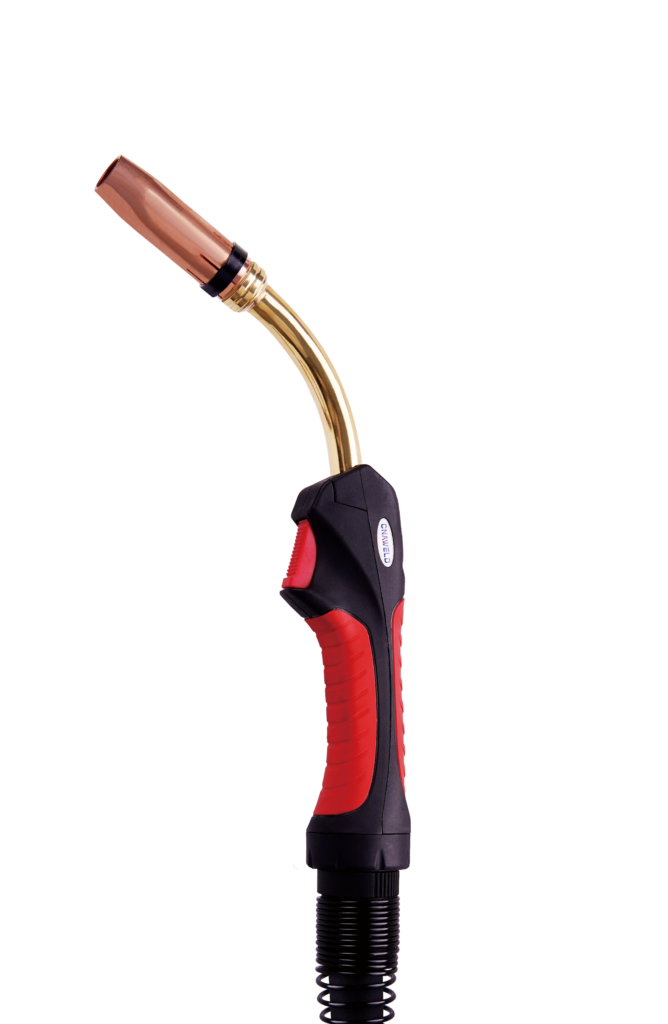What is Duty Cycle in Welding and How Does It Impact Performance?
When it comes to welding, understanding the concept of duty cycle is essential for anyone looking to achieve optimal results. But what is duty cycle in welding? The duty cycle is a measure that expresses the amount of time a welding machine can operate within a specific time frame. Typically, it is represented as a percentage. For example, a duty cycle of 60% means that the welder can operate for 6 minutes out of a total of 10 minutes before needing to cool down. Grasping this concept is crucial, as it directly influences performance, productivity, and even the quality of your welds.
Why Duty Cycle Matters
Imagine you’re working on a critical welding project, perhaps joining metal frames for a construction site. You set up your welder and start working, only to find it shuts down after a few minutes of use. This scenario can be frustrating. Understanding what is duty cycle in welding helps prevent such disruptions. A welder with a higher duty cycle allows for longer periods of uninterrupted work, which translates to improved efficiency and productivity.
For example, with a welder that has an 80% duty cycle, you can weld continuously for 8 minutes before needing a break for cooling. In contrast, the CNAWELD BINZEL 501D MIG Welding Torch offers a 100% duty cycle, meaning you can weld without any interruptions. This ensures smooth progress on heavy-duty projects, helping you avoid downtime and keep labor costs under control.
 Wassergekühlter MIG-Schweißbrenner MB501D
Wassergekühlter MIG-Schweißbrenner MB501D
Product Benefits
When evaluating welding equipment, customers often consider the duty cycle as a key factor. A higher duty cycle generally means a more effective and reliable machine, especially for those who perform heavy welding tasks. Let’s look at some product benefits and application areas that highlight these advantages.
1. Increased Efficiency: Welders with a higher duty cycle allow for more extended use without interruption. This efficiency is particularly beneficial for industrial settings where time is money. For instance, in manufacturing plants, workers can operate these machines longer, reducing idle time and maximizing output.
2. Reduced Heat Build-Up: A good understanding of what is duty cycle in welding can also lead to better heat management. Welders designed with a higher duty cycle often come equipped with advanced cooling systems. These systems prevent overheating, which can cause not only damage to the machine but also poor-quality welds.
3. Quality of Welds: Continuous welding leads to more consistent and uniform welds. For applications such as automotive repairs or structural welding, the precision so crucial to these fields can be maintained with machines designed for high duty cycles. For example, automotive assembly lines require repetitive and flawless welds; a machine with a higher duty cycle ensures less downtime and maintains quality.
4. Versatility: A welder with a high duty cycle can handle various materials and thicknesses. Whether you are working with thin sheet metal or heavy steel plates, knowing that your machine can perform consistently without frequent cooling breaks is invaluable.
Applications of Duty Cycle
Welding machines find applications in various industries, and the importance of the duty cycle can vary based on the work being performed. For construction, fabrication, and auto repair, knowing what is duty cycle in welding can impact your choice of equipment.
– Construction: Construction sites often demand quick turnarounds and high output. Here, a welder with a high duty cycle allows for rapid and consistent work, crucial for meeting tight deadlines.
– Fabrication: In fabrication shops, metal pieces need to be joined efficiently to create structures or components. A welder that can continuously operate reduces the time spent on setups and changes, enhancing productivity.
– Automotive Repair: Auto body shops rely on consistent weld quality to ensure safety and reliability. With a machine that boasts a high duty cycle, workers can avoid interruptions and ensure each weld meets stringent quality standards.
Factors Influencing Duty Cycle
Several factors influence what is duty cycle in welding, including the machine type, user experience, and ambient conditions. High-quality machines, often more expensive, typically have higher duty cycles due to better components and design features. For example, industrial-grade TIG welders are often built to withstand prolonged use and are ideal for heavy-duty projects.
User experience also plays a role; skilled operators are better at managing heat and utilizing settings that can help achieve optimal duty cycles. Finally, the surrounding conditions—like available ventilation—can impact how well a machine performs during extended use.
Abschluss
Understanding what is duty cycle in welding is crucial whether you are purchasing equipment or working on a welding project. A higher duty cycle not only translates to increased efficiency and quality of your welds but also ensures you are maximizing your investment in welding equipment. As you consider your next purchasing decision, take the time to evaluate duty cycles and the type of projects you plan to tackle.
Ultimately, the right welder can save time, enhance productivity, and yield exceptional welding results. Thus, recognizing the importance of the duty cycle can lead to more informed decisions, ensuring that you select equipment that meets your needs and helps you achieve your goals in welding challenges. By adhering to these guidelines, you will navigate the landscape of welding machinery with confidence and precision.
